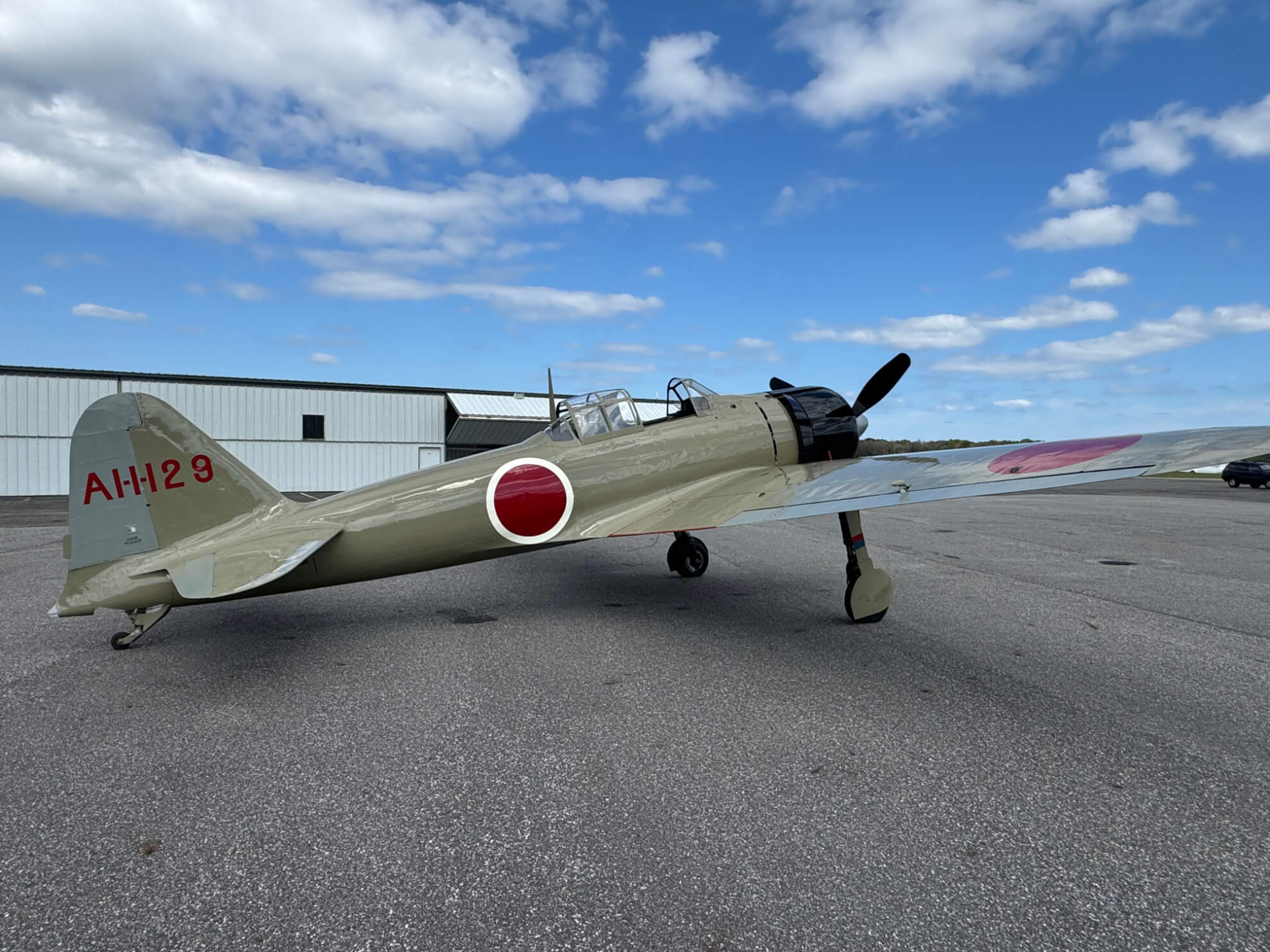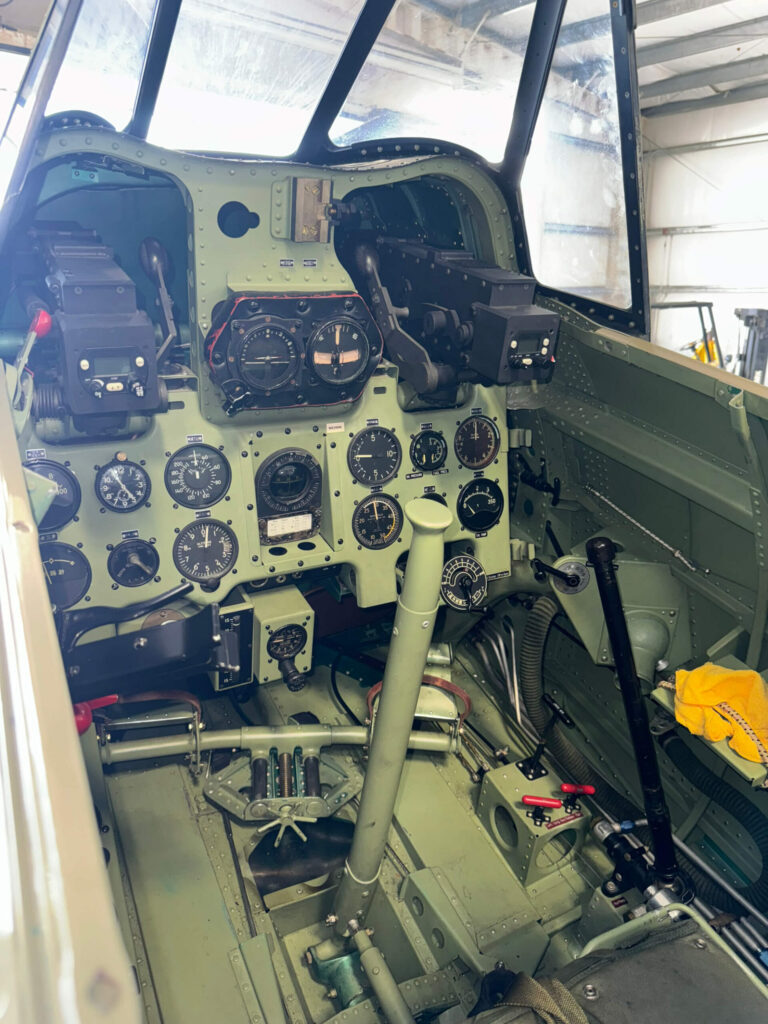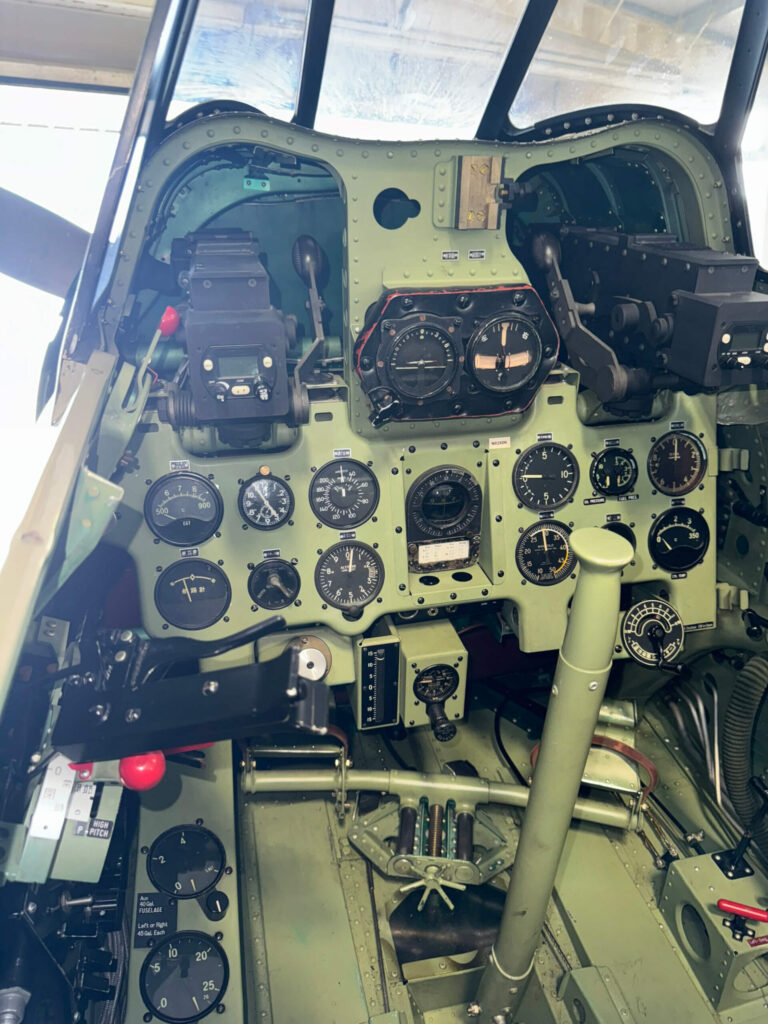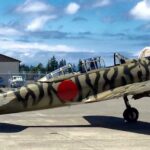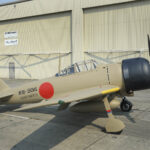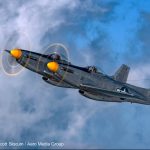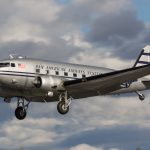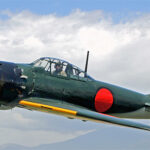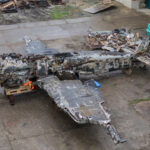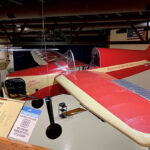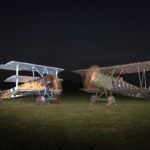Periodically, we highlight vintage aircraft listed for sale with one of our sponsors, Platinum Fighter Sales. One of their newly-listed airframes which really caught our eyes is a rare 1941 Nakajima A6M2 Model 21 Zero described in the text and images below. The Nakajima A6M-2 Zero was discovered as a wreck in the jungle on Ballale Island, part of the Solomon Islands, in 1965. In 1994, the Blayd Corporation of Canada began its restoration, a project that required an estimated 60,000 man-hours and involved the creation of over 14,000 new parts. Mitsubishi Corporation, the original manufacturer, contributed to the effort by providing some original blueprints and sending Japanese engineering students to help with translations. In 2000, the project was sold to a consortium led by Gerry Beck, who completed the restoration by installing the instruments, and hydraulics, and fitting a Pratt & Whitney R-1830 engine for increased reliability.
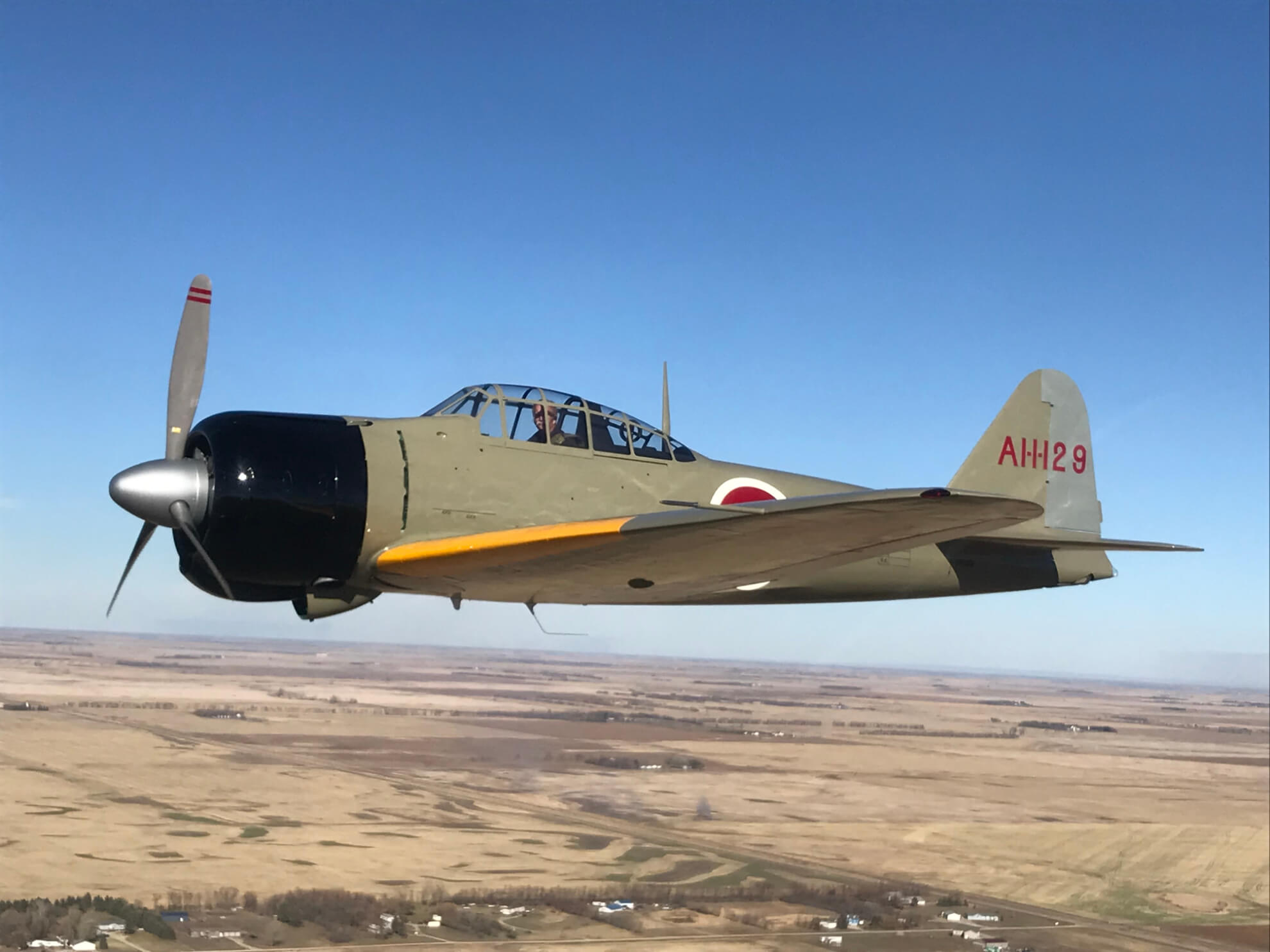
The Zero, the Allies’ primary adversary in the Pacific air war, became the most iconic symbol of Japanese air power during World War II. First flown in April 1939, the Zero was produced in large numbers by Mitsubishi, Nakajima, Hitachi, and the Japanese Navy, with 10,815 units built between 1940 and 1945. It was manufactured in greater quantities than any other Japanese aircraft of the war. Its distinctive design and historical significance cement the Zero’s place as an important figure in the history of air power.
The aircraft’s name comes from its official designation, the Navy Type Zero Carrier-Based Fighter (or Reisen), though the Allies referred to it by the code name “Zeke.” It succeeded the A5M Type 96 “Claude” and was designed by Mitsubishi in response to the Japanese Navy’s 1937 requirements for a fast, maneuverable fighter with long-range capability. As a carrier-borne fighter, the Zero was extremely light, a necessity for both maneuverability and to compensate for its relatively low-powered engine. Japanese designers faced limited engine power due to a lack of interservice cooperation in engine development, leading to other design compromises such as the omission of pilot armor, the use of non-self-sealing fuel tanks, and lightweight wings integrated into the fuselage.
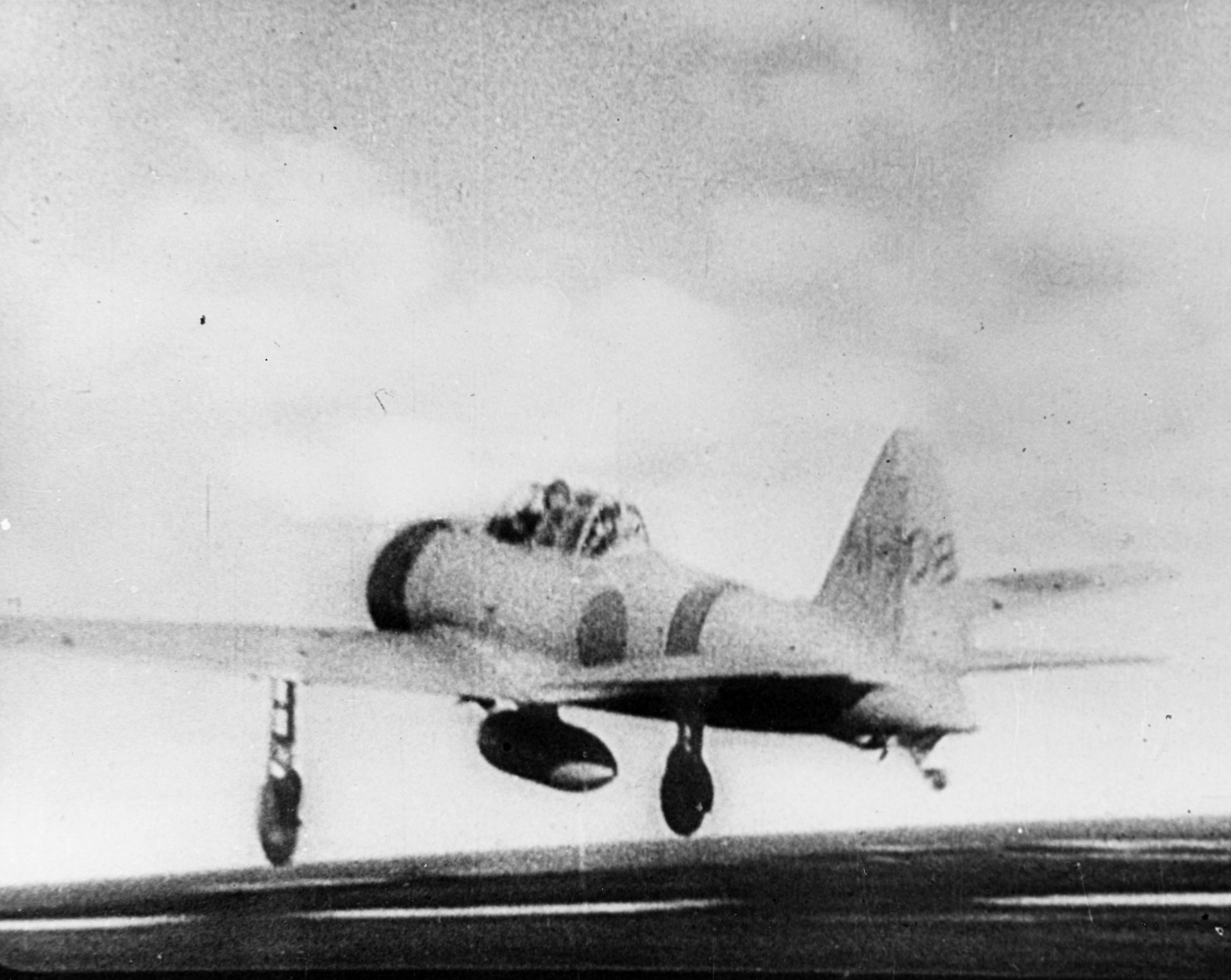
The A6M saw its first combat action in China in the late summer of 1940 and quickly helped Japan establish air superiority across Asia. During the attack on Pearl Harbor on December 7, 1941, 125 Zeros launched from six aircraft carriers participated in the assault. Early in the war, the Zero outmatched Allied aircraft like the Curtiss P-40 and Seversky P-35 in dogfights, especially when flown by experienced Japanese pilots, making it a formidable and feared adversary.
However, the Japanese advantage waned as American pilots developed better tactics. Experience gained by the American Volunteer Group, known as the Flying Tigers, and during the Battle of Midway helped Allied pilots understand how to combat the Zero. The key was to avoid dogfights and instead exploit the Zero’s weaknesses through hit-and-run attacks using more heavily armed American planes. By 1943, newer American fighters equipped with 2,000-horsepower engines were faster, more powerful, and better armed, leading to the decline of the Zero’s dominance. Meanwhile, the number of experienced Japanese pilots dwindled as the war progressed.
Despite ongoing improvements to the Zero, including self-sealing fuel tanks, armor plating, and an increase in engine power to 1,150 horsepower, these modifications made the aircraft heavier and less agile. The Zero’s weight increased by 28%, but its horsepower only rose by 16%, which reduced its overall combat performance. By October 1944, during the Battle of the Philippines, Zeros were increasingly used in kamikaze missions, becoming the most commonly employed aircraft for these suicide attacks.
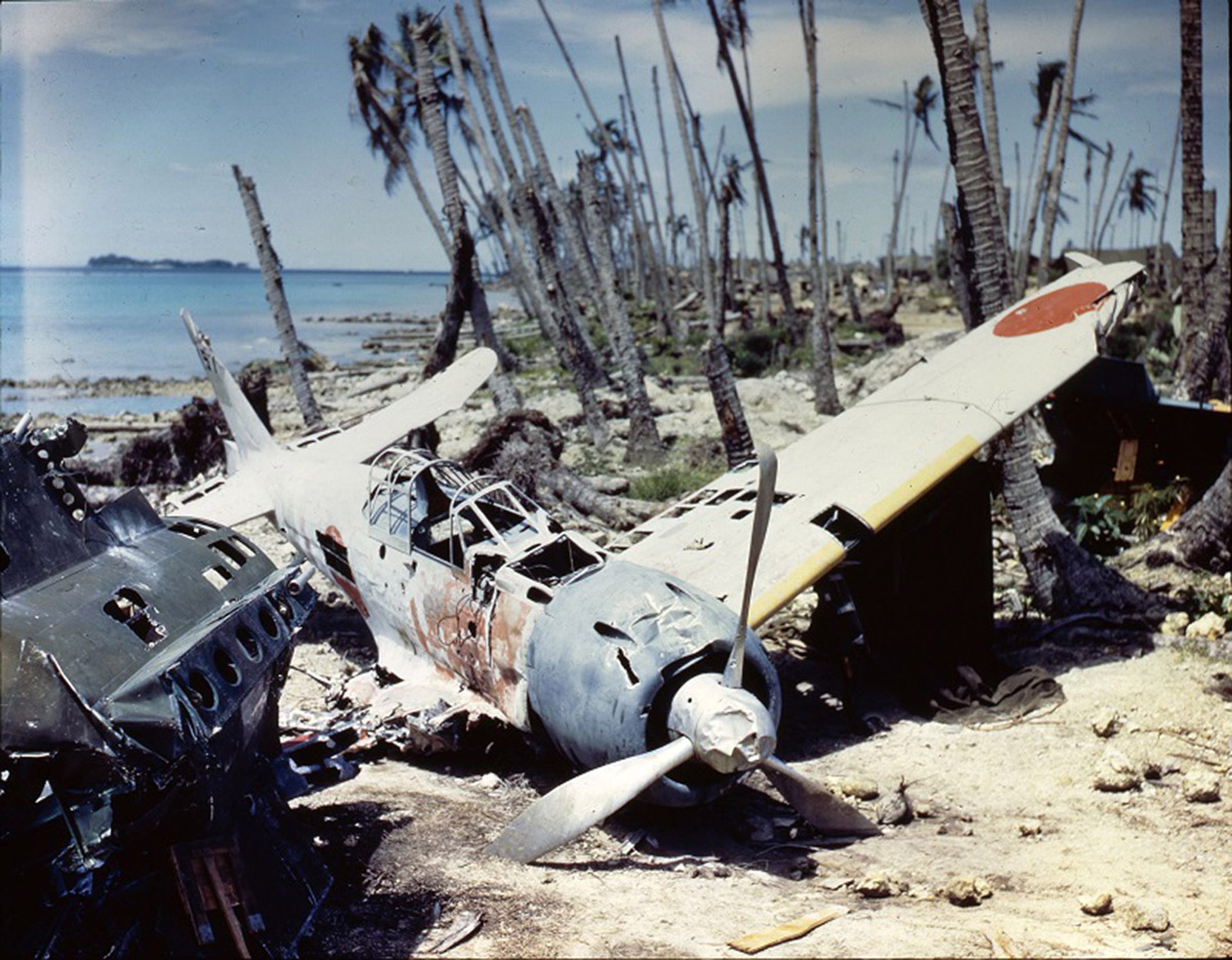
This Zero, a Nakajima-built A6M-2 s/n 1498, is painted to represent A1-1-129. The markings are based on one of the few known Nakajima-built A6M-2s for which both the tail code and serial number were documented. This aircraft, A6M-2 s/n 6544, tail code A1-1-129, was downed over Russell Island on February 4, 1943. American forces later photographed the wreckage when they occupied the island, and some artifacts confirming the serial number were recovered. The tail code indicated the aircraft belonged to the carrier Zuikaku, and the serial number pinpointed its manufacture date to late December 1942. Circumstantial evidence suggests that the aircraft was likely flown by Petty Officer Second Class Sakuji Tanaka, one of two Zuikaku pilots lost on February 4, 1943. For more information about this rare aircraft, visit www.platinumfighters.com.
